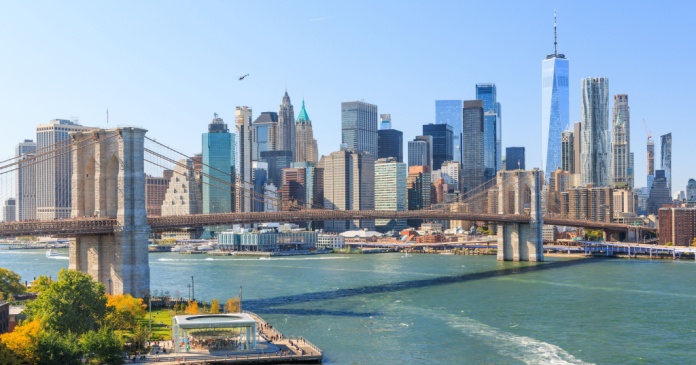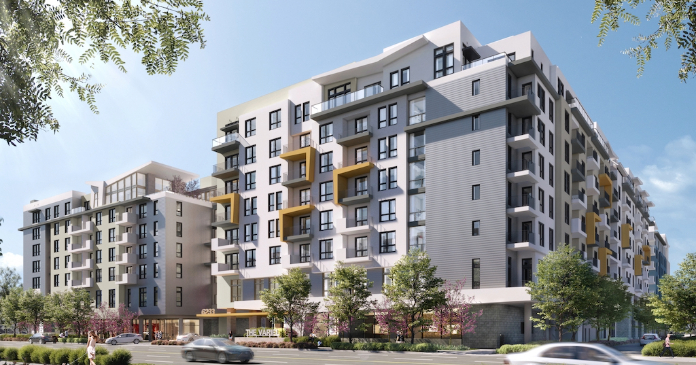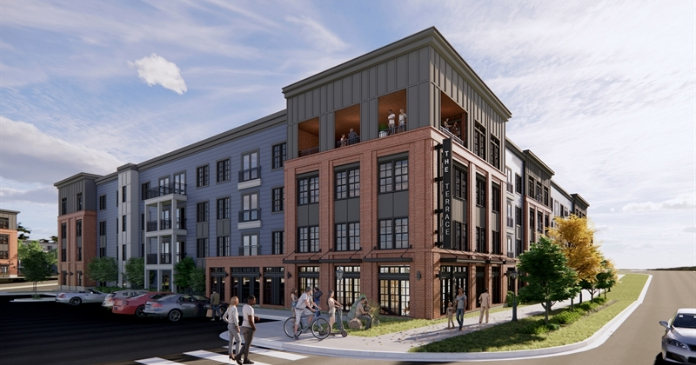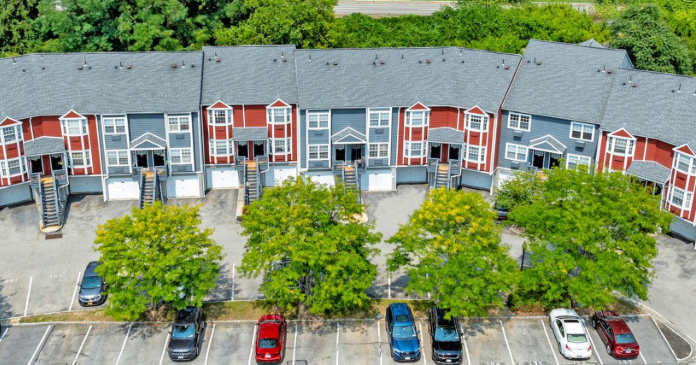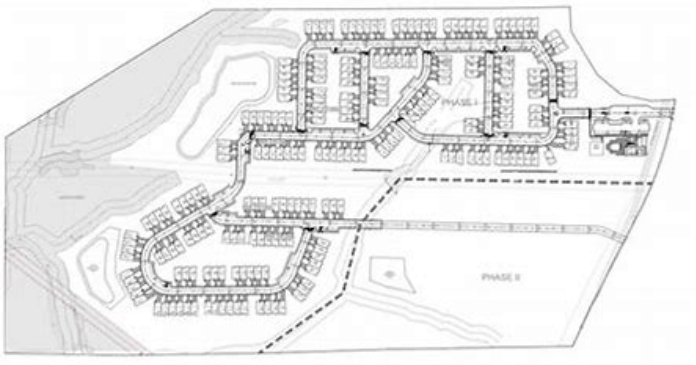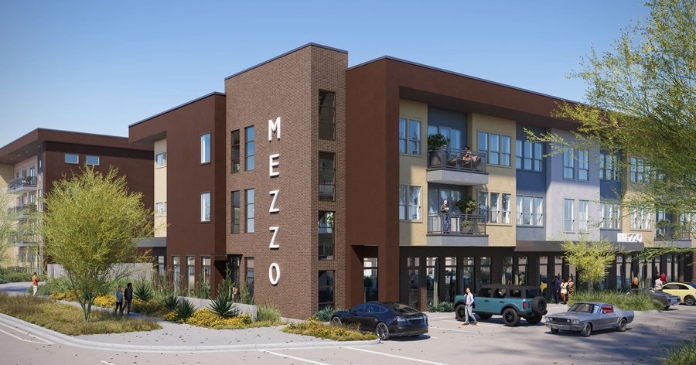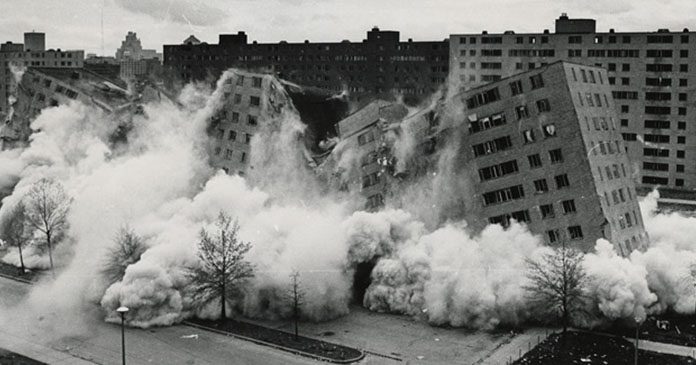
My grandfather was the first landlord I ever met. It was he who taught me about the business of rental housing, starting and running companies, and the intrinsic value of hard work—all without ever saying a word. It was my hometown of St. Louis that taught me about all manner of human nature, the corruption of power and the soft bigotry of low expectations—all before I was 10 years old. But I’m getting ahead of myself.
Elvis Hoffman owned and rented units in a small, but hard-earned apartment rental business in Downtown St. Louis. Nothing fancy. Well-maintained units in the heart of a generally thriving city. My parents rented our first home in one of my grandfather’s buildings. It was from here that I was a short walk from another family business, Hoffman Upholstery, in Ferguson, Missouri, and steps in the other direction to a newly-built public housing property by the name of Pruitt-Igoe. It was as much a childhood as it was an accidental case study in what happens to poor people when overtaken by bad public policy, corruption and the apparent desperate need of policy makers to socially engineer places and people for dependency rather than self-sufficiency.
It seems that we—who know its result first-hand—bristle most when we hear those same ideas regurgitated as a cure to today’s homelessness, even further amplified by lack of care for the mental ill.
Even as a kid I recognized from the ground up that bad policy is a burden borne by all, but most heavily weighted on the poor and less able.
Somehow, the future still seemed bright back then. St. Louis was not a wealthy city, with a median annual income of $2,718 in 1950, but the poor, black and white, were slowly moving up and out. We saw it happening firsthand and the Census numbers from the time back us up.
Still the poorest sections of town were, well, very poor. Many homes had neither plumbing nor electricity. Poverty was the great equalizer in those years impacting both black and white people. But hope springs eternal and the private housing market continued to enable all poor to work their way up into better housing and better opportunity. The process was plodding and politicians were impatient.
Those same politicians soon concluded that the only solution was demolition and relocation. Fueled by the Housing Act of 1949 and state law that provided co-financing, the St. Louis Land Clearance and Redevelopment Authority set out to clear the slums and construct public housing for soon-to-be homeless St. Louisans.
Enter Pruitt-Igoe.
Opening its doors to its first residents in 1956, the community of 33 11-story apartment buildings spanned 2,870 units. Pruitt-Igoe was constructed on a 57-acre site on St. Louis’s lower north side. The property ran 60 percent over the average cost of public housing at the time and suffered a number of construction defects.
By the late 1960s, Pruitt-Igoe had become infamous for poverty and crime. St. Louis police would not accept emergency calls from the property as the lawlessness grew, and the buildings decayed. Many black and all white tenants left, and finally HUD officials encouraged the remaining residents to leave Pruit-Igoe.
In 1972 demolition of the property began, and by 1976, the entire property had been razed to the ground. Pruitt-Igoe was a vast, vacant plot.
Sociologist Joyce Ladne observed the housing project as a young academic. She compares Pruitt-Igoe residents to those with whom she had grown up with in Mississippi. She said, “except for one thing: the strong, tightly-knit communities and families in which I’d grown up had begun to shatter around the people who were displaced in a northern city with few supports.” The virtues of community in Mississippi, in other words, may have outweighed the fact that many of those families lived in shacks.
“Private housing markets can disperse households based on their income and ability to pay, and they were starting to do so in the St. Louis of 1950,” writes Howard Husock, author of American’s Trillion-Dollar Mistake. “Rather than allow that process to take its course, the government helped create a huge black ghetto at Pruitt-Igoe and froze it in place for decades. Residents couldn’t become property owners and, with rents set low, lacked financial incentive to get out. Those providing private, low-income housing (including many black property owners) found it difficult or impossible to compete against the government.”
Social engineering, especially at the magnitude and strength of law, has consequences. I often wonder how Pruitt-Igoe continues to impact my old neighborhood, and how many of the city’s on-going issues are related to public housing that went so very wrong.
Certainly, as we work to solve homelessness, as I see the tents and other makeshift structures that count as temporary homes in our coastal cities, I think of the slums not far from my childhood home. And what not to do.



